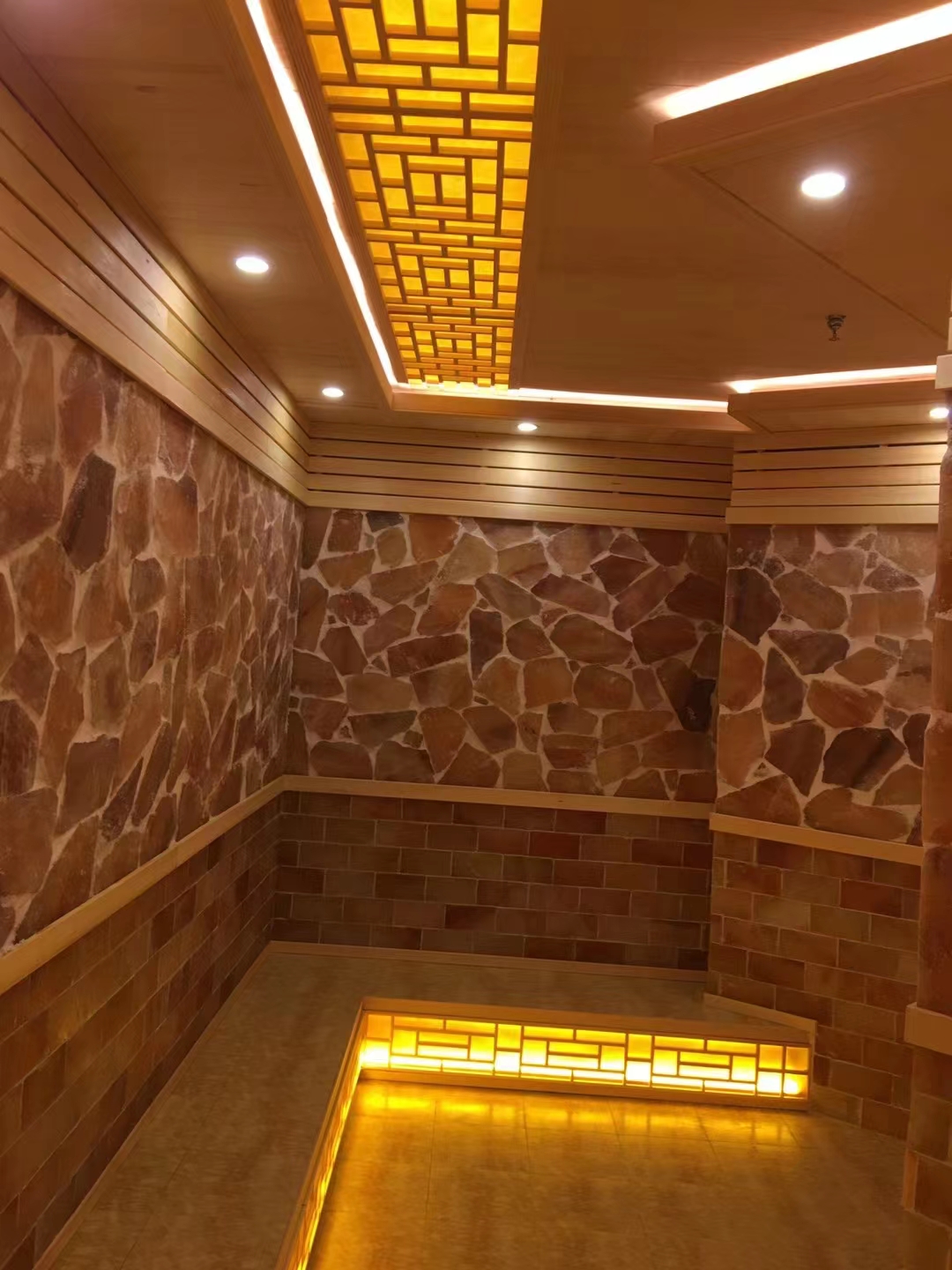
How do heat - resistant materials differ for saunas in Northern regions?
In the cold and often harsh climate of Northern regions, saunas hold a special place. However, the choice of heat - resistant materials for saunas in these areas has some distinct characteristics compared to other regions.
In Northern regions, the outside temperature can be extremely low. Good insulation is crucial not only to keep the heat inside the sauna but also to prevent damage to the structure due to the large temperature differential. For saunas in the North, materials like thick - walled cedar or spruce with natural insulating properties are often preferred. These wood species can withstand the repeated cycles of extreme heat inside the sauna and the cold outside. Additionally, modern synthetic insulation materials, such as fiberglass or foam - based insulators, are sometimes used in combination with the wooden structure. The thickness of the insulation layer may be greater in Northern saunas compared to those in milder climates. This is to ensure that the heat generated by the sauna stove is effectively retained, reducing energy consumption and making the sauna more comfortable in the frigid winter months.
The stoves used in Northern saunas need to be made of highly heat - resistant materials. Cast iron is a popular choice. Cast iron stoves can withstand the high temperatures required to heat the sauna quickly and efficiently. They also have good heat retention properties, which is beneficial in a cold climate where heat dissipation can be rapid. Another option is stainless steel stoves. Stainless steel is resistant to corrosion, which is important considering the potential for moisture build - up in the sauna environment. In addition, the heating elements, whether they are electric or use other fuel sources, are often designed with extra durability. For electric heating elements, high - quality alloys are used to ensure they can operate at high temperatures for long periods without degrading.
The interior of a Northern sauna often uses materials that can tolerate both heat and humidity. Besides the traditional wood paneling which gives a warm and inviting feel, some modern saunas may incorporate heat - resistant ceramics or stone tiles in certain areas. These materials can add an aesthetic touch while also being able to withstand the high temperatures and moisture levels. The use of stone, such as granite or basalt, in the sauna can also enhance the heat - storing capacity. When the sauna is heated, the stones absorb and slowly release heat, creating a more stable and long - lasting heat environment.
Doors and windows in Northern saunas need to be made of materials that can resist warping due to heat and cold. Tempered glass is commonly used for windows as it can handle the temperature changes without shattering. For doors, thick wooden doors with proper sealing are typical. The seals around the doors and windows are also made of heat - resistant and durable materials to prevent heat leakage.

